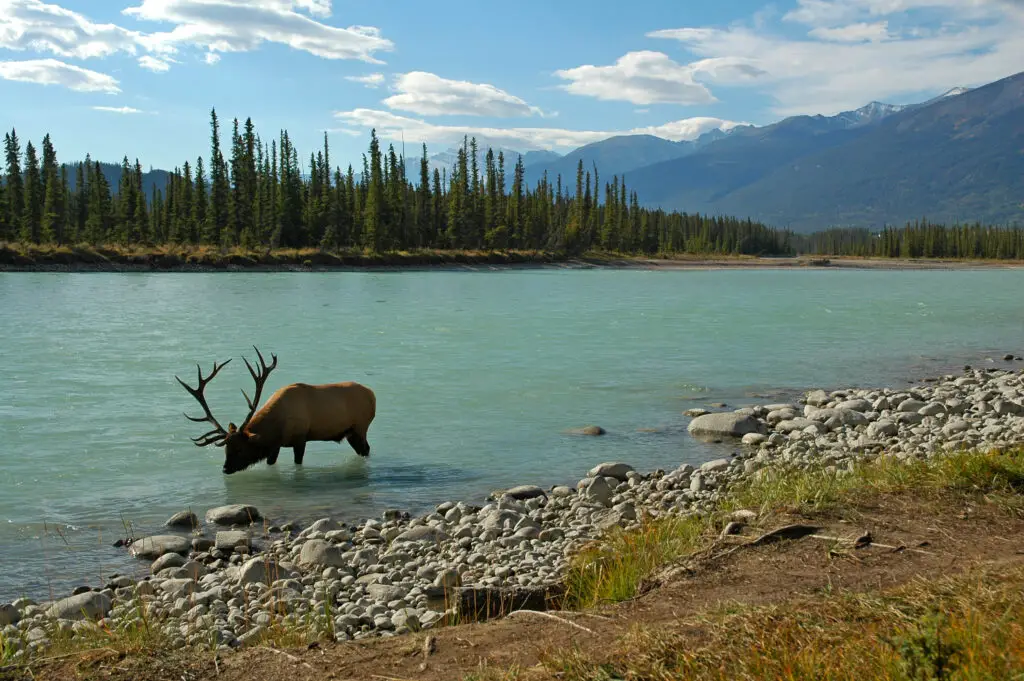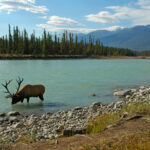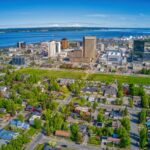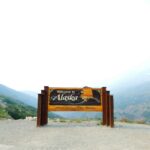Alberta, Canada, is home to some of the most stunning and diverse national parks in the world. From the majestic Rocky Mountains to the prehistoric badlands, each park offers unique landscapes and experiences. Here, we explore the beauty and significance of Alberta’s national parks, focusing on Banff, Jasper, Waterton Lakes, and Wood Buffalo National Parks.
Banff National Park: A Jewel in the Rockies
Established in 1885, Banff National Park is not only Canada’s first national park but also one of the most visited. Nestled in the heart of the Canadian Rockies, Banff is renowned for its surreal turquoise lakes, like Lake Louise and Moraine Lake, and its breathtaking mountain scenery. The park is a haven for wildlife enthusiasts, with frequent sightings of elk, deer, and occasionally bears. Activities such as hiking, skiing, and soaking in natural hot springs make Banff a year-round destination.
Jasper National Park: A Vast Wilderness
Jasper, the largest national park in the Canadian Rockies, offers a more rugged and less crowded experience compared to Banff. With over 11,000 square kilometers of broad valleys, rugged mountains, glaciers, forests, alpine meadows, and wild rivers, it’s a perfect place for those seeking solitude and a connection with nature.
Jasper is also home to the famous Columbia Icefield, and the Skywalk offers stunning views of the Sunwapta Valley.
Waterton Lakes National Park: Where the Mountains Meet the Prairie
Waterton Lakes National Park, located in the southwestern corner of Alberta, is where the Rocky Mountains meet the prairie. It forms part of the Waterton-Glacier International Peace Park, a UNESCO World Heritage site shared with Glacier National Park in Montana, USA. The park is known for its diverse ecosystems, rich biodiversity, and the dramatic interface of mountain and prairie landscapes. Visitors can enjoy spectacular hiking, scenic drives, and the historic Prince of Wales Hotel, which offers panoramic views of the surrounding landscape.
Wood Buffalo National Park: A Sanctuary for Wildlife
Wood Buffalo National Park is one of the largest conservation areas in the world, covering an area larger than Switzerland. It was established in 1922 to protect the remaining herds of wood bison in northern Canada. The park is not only vital for its wildlife, including the whooping crane, but also for its cultural significance to the Indigenous peoples. The Peace-Athabasca Delta within the park is one of the world’s largest freshwater deltas, offering unique hydrological and ecological features.
Alberta’s national parks are not just areas of natural beauty but also places of profound ecological and cultural importance. They offer a glimpse into the varied natural habitats of Canada, each providing a unique experience for visitors and a vital habitat for a wide array of wildlife. Whether you’re an avid hiker, a wildlife photographer, or simply someone who appreciates the great outdoors, Alberta’s national parks promise an unforgettable adventure.
Each of Alberta’s national parks encapsulates unique aspects of Canada’s natural heritage and plays a critical role in conservation and ecological research.
Conservation and Research Efforts
Alberta’s national parks are at the forefront of conservation and ecological research, addressing challenges such as climate change, wildlife management, and habitat restoration. For instance, Banff National Park has implemented innovative wildlife conservation strategies, including wildlife corridors and overpasses that allow animals to cross highways safely. This initiative has become a model for other conservation projects worldwide.
Jasper National Park’s dark sky preserve, one of the largest in the world, showcases efforts to reduce light pollution and protect nocturnal ecosystems. This designation has led to a greater understanding of the impact of artificial lighting on wildlife and has boosted astrotourism in the region.
Wood Buffalo National Park, on the other hand, focuses on the conservation of its namesake species, the wood bison, and its critical wetlands that support the nesting grounds of the endangered whooping crane. Ongoing research in the park aims to understand the complex ecological dynamics of the Peace-Athabasca Delta, affected by both natural changes and human activity.
Cultural Significance
The cultural impact of Alberta’s national parks is profound, with deep connections to the Indigenous communities. These lands hold historical and spiritual significance for several First Nations and Métis communities, who have inhabited these areas for thousands of years. Efforts to incorporate Indigenous knowledge and traditions into the management of these parks are increasing, recognizing the role of Indigenous peoples in maintaining the ecological integrity of these landscapes.
Visitor Experience
Visiting Alberta’s national parks offers more than just the visual enjoyment of scenic vistas; it is an immersive experience involving all senses. The sound of glaciers moving in the silence of Jasper’s high altitudes, the smell of pine forests in Banff, the touch of ancient rock formations in Waterton Lakes, and the sight of the aurora borealis dancing over Wood Buffalo—each element enriches the visitor’s experience.
Seasonal activities vary from summer hikes amidst wildflowers in Banff and Jasper to snowshoeing and aurora watching in Wood Buffalo during winter. Each park also offers educational programs that teach visitors about the local ecology, geology, and cultural history, enriching their appreciation and understanding of these natural landscapes.
Alberta’s national parks are treasured not only for their breathtaking landscapes and biodiversity but also as vital centers for ecological and cultural education. They remind us of the delicate balance needed to maintain these natural habitats and the ongoing efforts required to preserve these areas for future generations. Whether it’s the rugged peaks of Jasper or the serene lakes of Waterton, each park contributes uniquely to the mosaic of Canada’s natural heritage, making Alberta a pivotal region for both conservationists and nature lovers alike.







